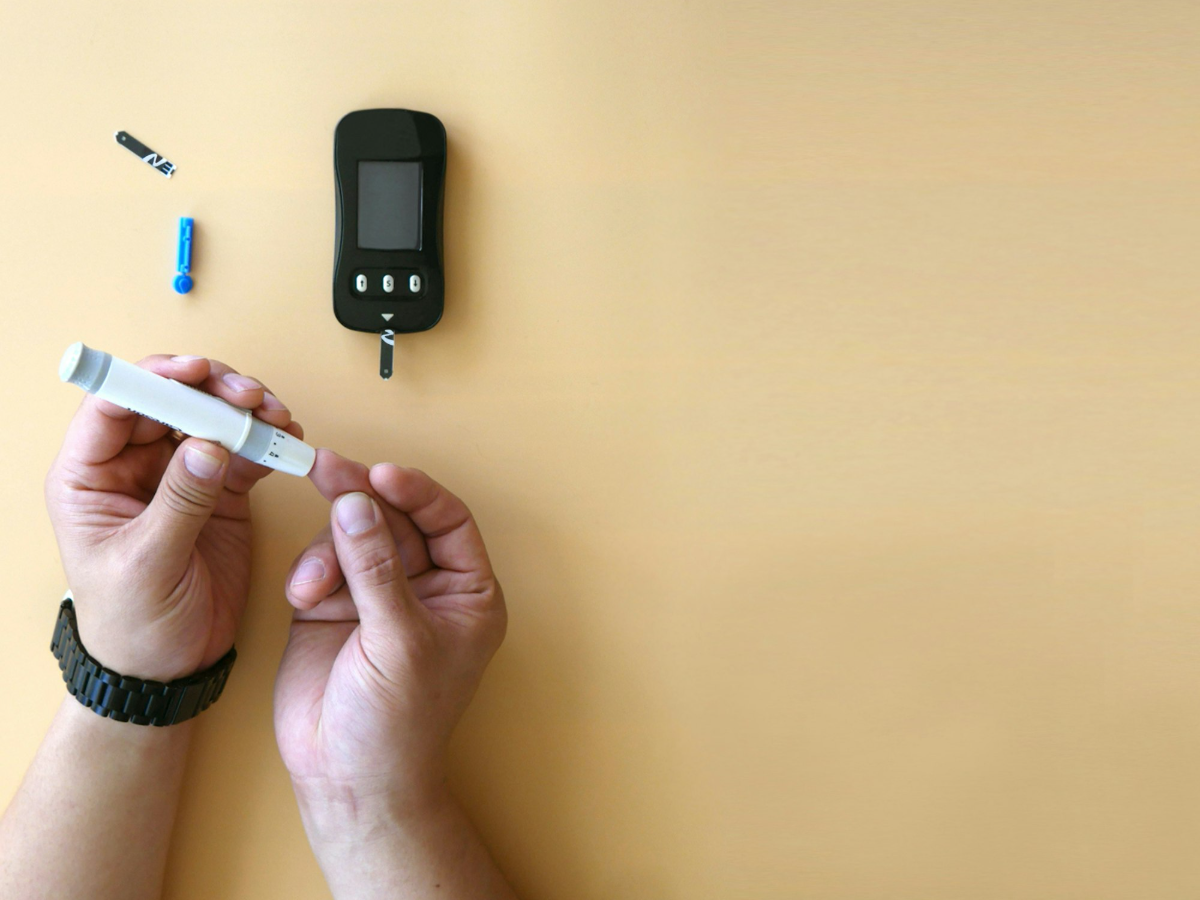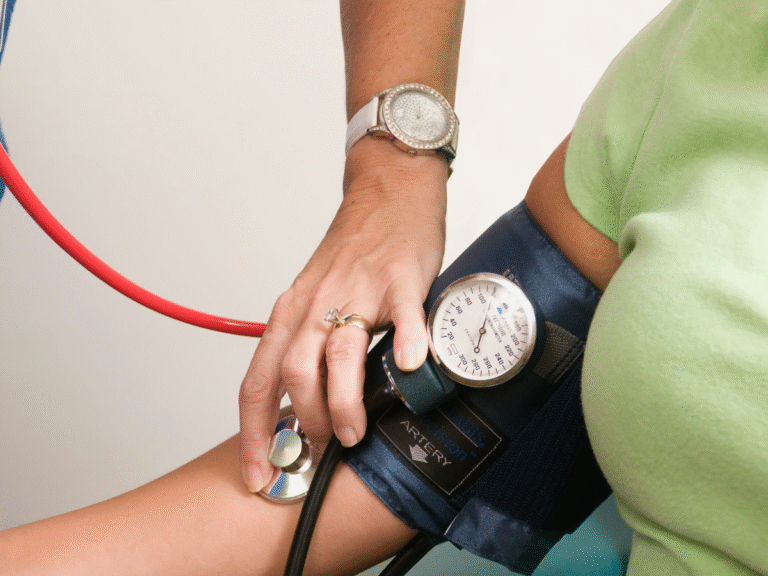How to Manage High Blood Sugar Spikes After Strength Training
I. The Exercise Paradox
You just finished a great workout. You pushed your limits, felt strong, and celebrated the fact that you’re prioritizing your health. Then, you check your Continuous Glucose Monitor (CGM) or finger stick, and the number is up.
It’s completely frustrating and confusing. We’ve all been told that exercise lowers blood sugar (BS), so seeing a spike after hitting the weights feels like a failure. If this has happened to you, rest assured, you’re not alone—and you’re not failing.
This puzzling scenario happens specifically with intense resistance training (like heavy lifting, HIIT, or explosive calisthenics), and it behaves very differently from aerobic exercise (like long-distance running or walking), which typically drives glucose levels down.
The post-lift spike is a normal, hormonal defense mechanism, not a sign that your diabetes management has failed. The key to successful strength training is understanding these hormonal signals—primarily Adrenaline and Glucagon—and creating specific strategies to counteract them. We’ll break down the science and give you a plan to safely manage your levels every time you hit the gym.
II. The Scientific Explanation
When you’re resting or doing light activities, your muscles readily pull glucose from your bloodstream using the insulin you’ve administered. However, when you pick up a heavy barbell or push yourself through a tough set, your body perceives this sudden intensity as a major stress event—a “fight-or-flight” scenario.
A. Adrenaline (Epinephrine) Release
The moment you start intense activity, your body releases a surge of stress hormones, particularly Adrenaline (epinephrine). Think of adrenaline as an emergency fuel signal. It acts quickly to ensure your working muscles have immediate energy, even if you’re low on circulating glucose.
The primary function of this hormonal surge is to instruct your liver to release its stored fuel—a process known as Hepatic Glucose Output. The liver dumps its glycogen stores, releasing a flood of glucose into the bloodstream. This immediate spike in circulating glucose, combined with the temporary rise in adrenaline, is the first and main cause of your high post-workout reading.
B. The Role of Glucagon
Another hormone, Glucagon, often works hand-in-hand with adrenaline during intense periods. Glucagon is the hormone responsible for raising blood sugar levels. While insulin normally manages the balance, the extreme demand from your muscles and the overriding signals from adrenaline and glucagon effectively temporarily overpower your existing insulin, contributing to the spike.
C. Temporary Insulin Resistance
During and immediately after this intense hormonal cascade, your body can experience a temporary state of insulin resistance. This means the insulin that is circulating isn’t as effective as normal. This temporary resistance usually fades quickly, which is why your glucose levels can drop dramatically a few hours later, leading to the risk of delayed hypoglycemia (a crucial point we’ll cover in the management section).
III. Pre-Workout Strategies: Setting Up for Success (Prevention)
(Content for this section would focus on target BS ranges before lifting and calculated pre-bolusing strategies.)
IV. Post-Workout Management: The “Delayed Bolus” Approach (Action)
(Content for this section would cover immediate BS checks and the crucial warning against immediate over-correction.)
V. Long-Term Adjustments and Pattern Recognition
(Content for this section would discuss logging, pump adjustments, and working with a medical team.)
VI. Conclusion: Consistency is Key
(The concluding section would reiterate the overall message of benefit and management.)







